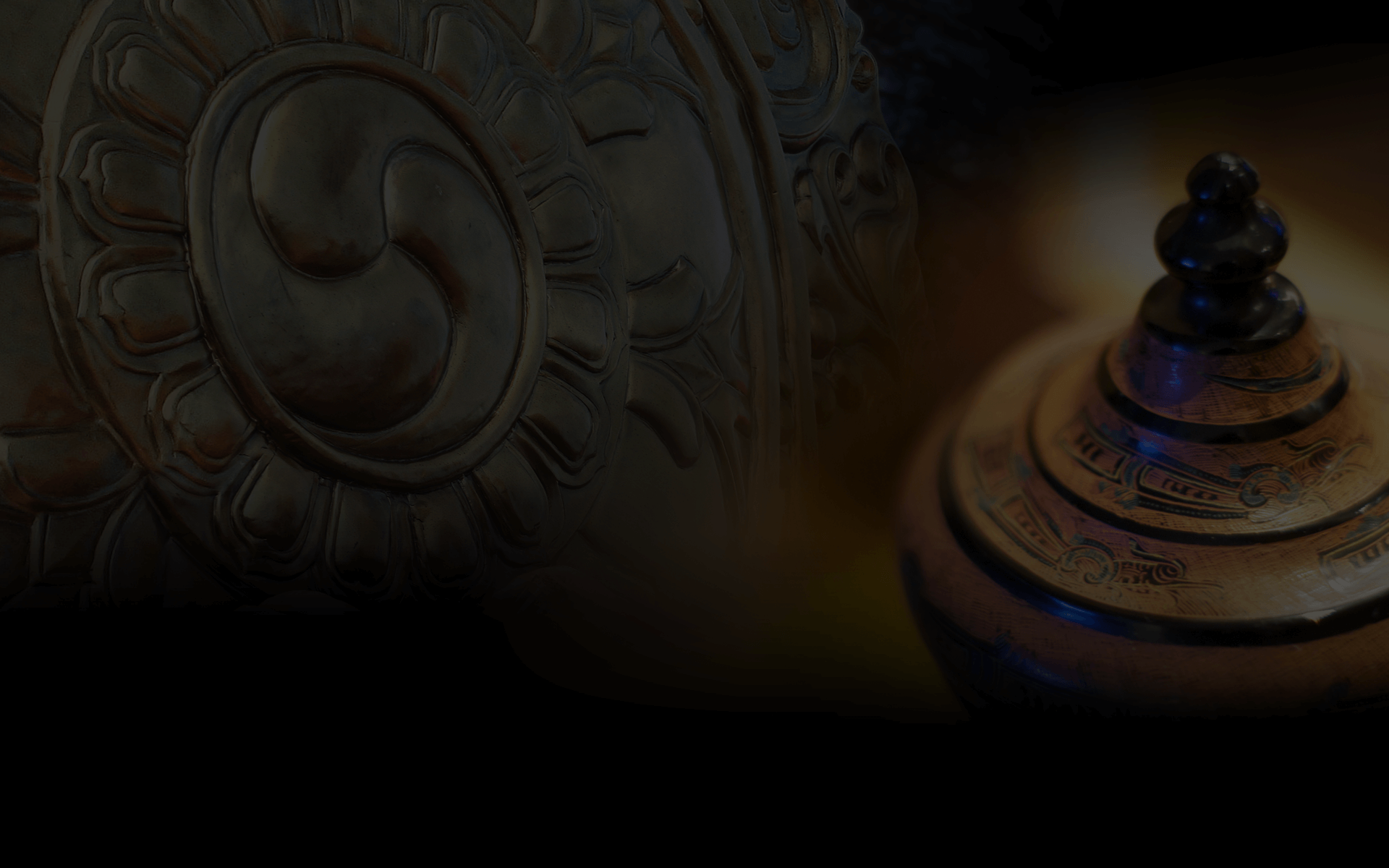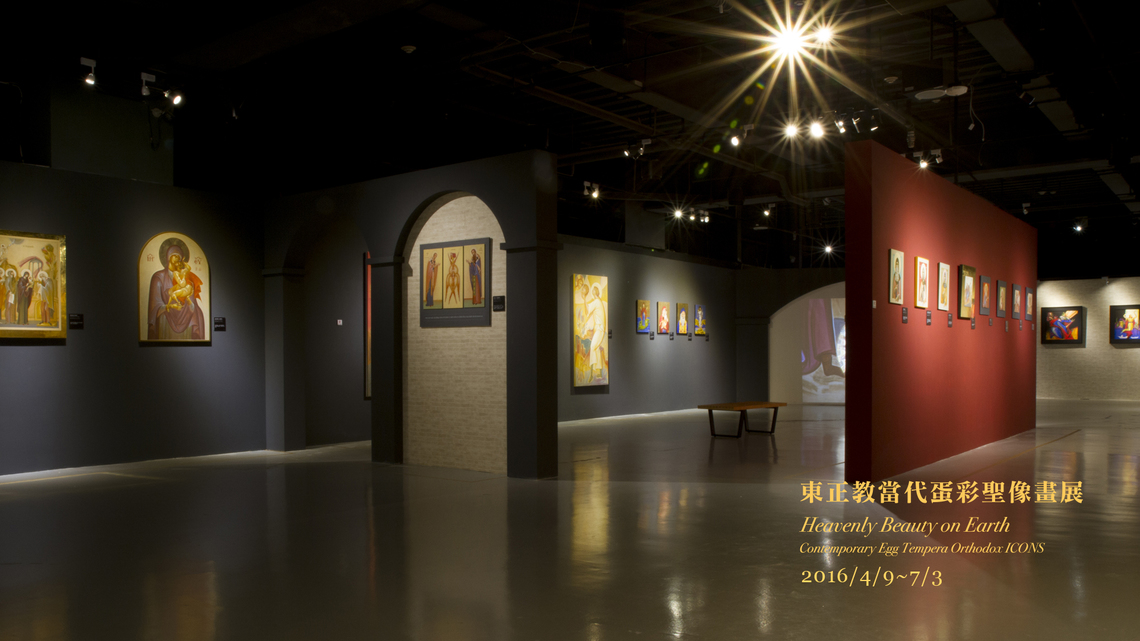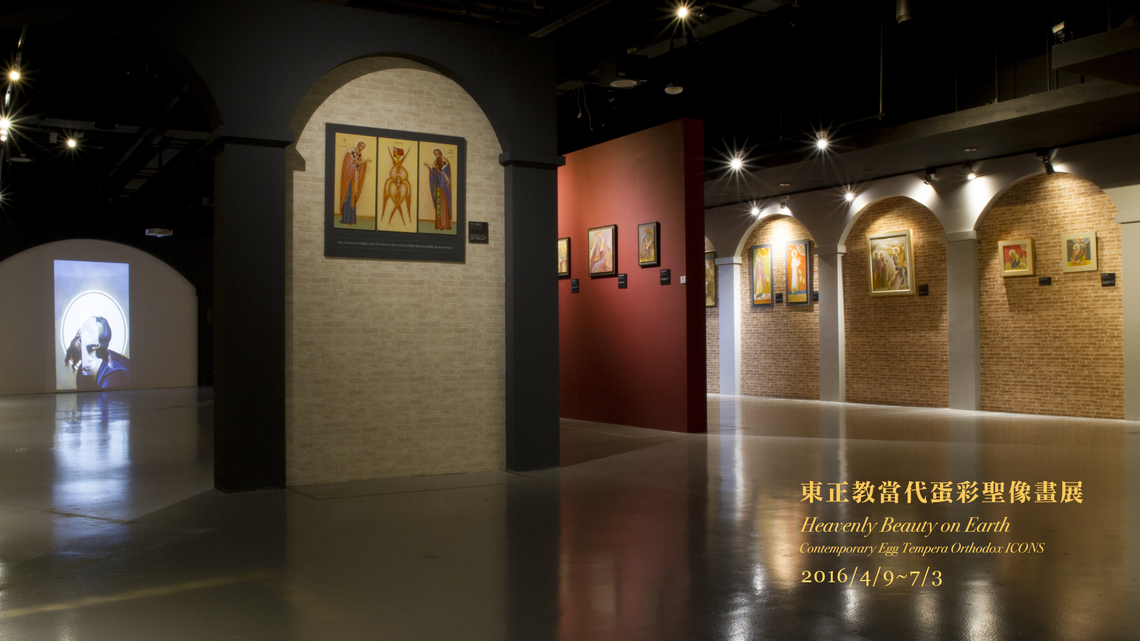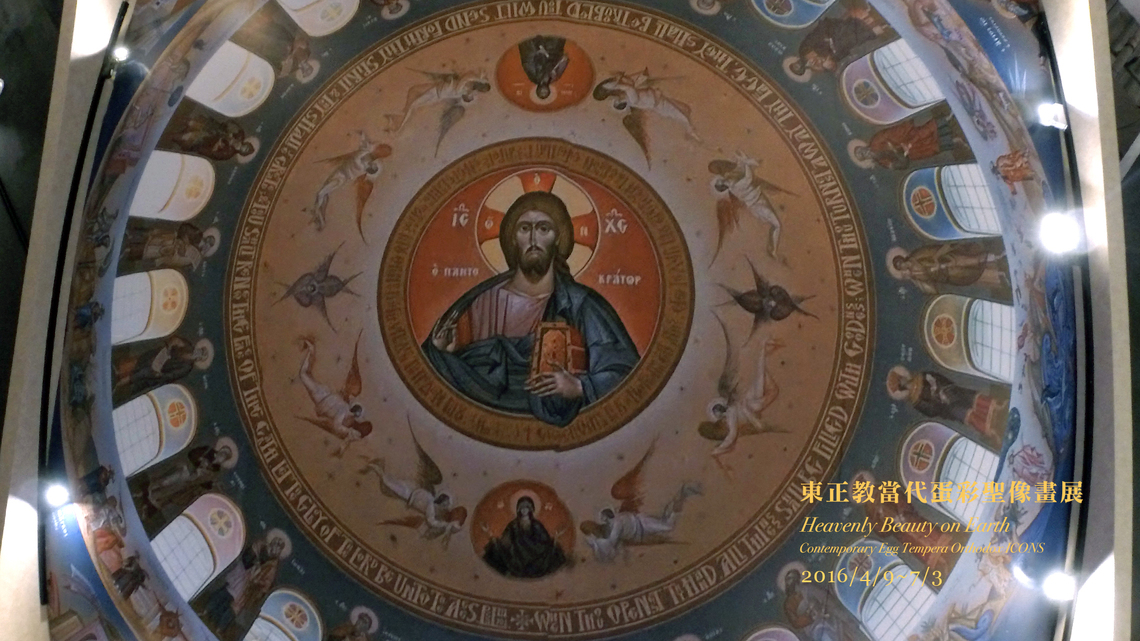天堂之美在人間
2016-04-08
東正教聖像畫和其他宗教藝術的畫風層次有許多不同之處,他們非常注重聖像畫與觀畫者之間所發生的「關係」。一般來說,當我們描繪某個對象,我們並非試圖將這個對象「再現」於平面上或壁畫上。依據東正教的拜占庭傳統,畫者目標示要將平面上所描繪的對象,帶往觀畫者的方向,並且創造聖像畫和觀畫者之間的連結、進而創造關係。
從展覽中的圖案和形象中的載體,可以感受到畫者試圖建立的這種韻律感。韻律是一種處理聖像畫平面上的動作的特殊方式,透過這種方式,將形象投射到聖像面前的空間之中。
我們看到聖像畫前特別創造了一個圓錐型的空間, 使觀畫者進入其中。在這種狀態中,形象和觀畫者相互結合,合而為一。這種連結看似是透過「動作」來實現的,連結亦非奠基於「靈性」層次,或是觀畫者的信念層次,即便他不是東正教信徒都能感受到這樣的連結。當聖像畫處於韻律、律動的狀態,不論觀畫者站在哪個角度,聖像畫都會隨之轉動,持續地凝視著觀畫者。如果觀畫者在聖像畫面前移動,也會感受到聖像畫總是隨之而動。因此,在形象和觀畫者之間,產生了真實的連結。
若您曾經進入東正教的彩繪教堂,聖像畫的繪製,常令人進入教堂,就能感受到教堂中的一切都是合而為一,都是與觀畫者深刻連結、息息相關的,這就是聖像畫的終極目的,要讓觀畫者能夠感受到「合一」和「愛」的經驗,體驗真正的天堂。
歡迎來到世界宗教博物館「東正教當代蛋彩聖像畫特展」,走入拜占庭聖像畫韻律的世界,從聖像畫技法、聖像畫場景、以及聖像畫的靈性層次,體驗甚麼是天堂感覺。
展覽時間 : 2016/4/9~7/3
展覽地點 : 世界宗教博物館 東正教當代蛋彩聖像畫特展
By Professor George Kordis
There are many stylistic level differences between Orthodox Icon and other religious art 。 The main difference is the concept about what is the relationship between the picture and the spectator.
In Byzantine Orthodox Tradition generally when we paint something, we don’t intend to represent something on the surface, of the icon on the wall. What we try to do is to bring forth what is depicted on the surface towards the spectator, and create the bond, the connection between what is depicted and the spectator.
The vehicle through which we try to establish this kind of relationship, the connection between the pictures, the image, is rhythm. Rhythm is the special way of handling the movements on the surface of the icon, and in this way we project the image toward the space which is in front of the icon. And actually we create a kind of cone in front of the icon in which the spectator enters. And in that state, the image and the spectator are united, are one thing.
And it’s very important, because it seems this connection is realized through movement. This connection is not depending on the spiritual state, or the beliefs of the spectator. So anyone can feel this connection, even if he is not a believer.
If an icon is a state of rhythm, wherever the spectator stands, the icon is transforming and is following the spectator. And if the spectator is moving in front of the icon, the icon is following him, so there is a real connection between the image and the spectator.
When we paint a church and this church is painted in a proper way, when someone enters the church, feels that everything in the church is united, and as everything is related to him, so he feels he is the part of the united universe, and this is the ultimate goal of the iconography. The believer to have an experience of unity and love, so to have a real experience of paradise.
There are different levels of preparation to appreciate this kind of art. First is the technology of the icon, the technic we use, which is also a very important and very nice part. And the second is the scenes what is depicted. The scenes that are depicted are scenes from the history of the Orthodox Church. And there is the third one, which is the ascetical part, and this is for what I was talking before.
So if someone wants to be prepared, to be introduced in the world of the rhythms of Byzantine Iconography, he has to have some knowledge all about these areas, something about the technology, something about the scenes, and something about the ascetics of Iconography.
Exhibition period : 2016/4/9~7/3
Exhibition Hall : Museum of World Religions





